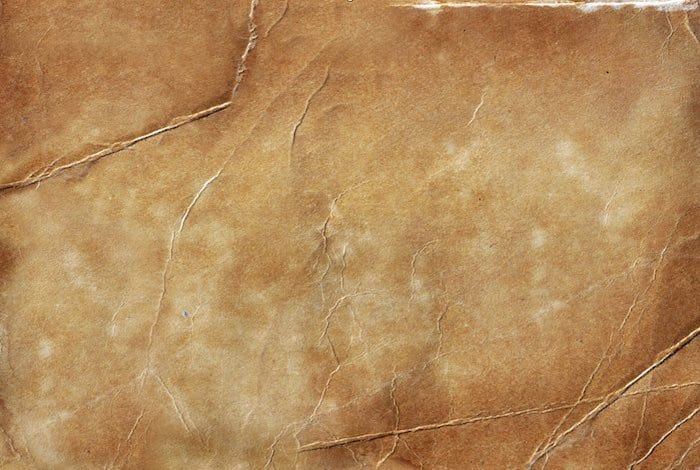Paget’s disease of the nipple
Description
Paget’s disease of the nipple; disorder of the nipple-areola complex (NAC). Characterised chiefly by eczema like changes, it is a condition associated with underlying cancer of the breast.
Clinical signs include:
- Hardening of the NAC
- Crusting
- A lumpy or nodular texture
- Erythema, or hyperpigmentation may be present
- Inverting of the nipple
- Nipple discharge
- Patients may experience pain, burning or itching of the NAC
It is a rare complication of breast cancer, present in 0.5 – 5% of breast carcinomas, and is more common in post-menopausal females.
Most cases are associated with underlying ductal carcinoma (or ductal carcinoma in situ), and some with lobular carcinoma. Research is still ongoing into the apparent formation of the above cancers in the breast, and its transformation into physical presentation at the nipple.
Modern day investigation includes triple assessment of the breast: examination, ultrasound and fine needle aspiration for cytology. Skin scrapings of the affected tissue are also useful, particularly in early or superficial disease.
Treatment involves surgery, radiotherapy and chemotherapy for advanced cases.
History
Originally described by Velpeau in 1856, the French surgeon failed to link physical manifestation to underlying breast cancer. Paget stole the show in 1874 when he described the skin changes, and its underlying implications in cancer diagnosis.
Paget’s observations included:
The patients were all women, various in age from 40 to 60 or more years, having in common nothing remarkable but their disease. In all of them the disease begins as an eruption of the nipple and areola. In the majority it had the appearance of a florid, intensely red, raw surface, very fine and granular, as if nearly the whole thickness of the epidermis were removed; like the surface of very acute diffuse eczema, or like that of an acute balanitis. From such a surface, on the whole or greater part of the nipple and areola, there was always copious, clear, yellowish, viscid exudation. The sensations were commonly tingling, itching, and burning, but the malady was never attended by disturbance of the general health.
“But it has happened in every case which I have been able to watch, cancer of the mammary gland has followed within at the most two years, and usually within one year… The formation of cancer has not in any case taken place first in the diseased part of the skin. It has always been in the substance of the mammary gland, beneath or not far from the diseased skin, and always of a clear interval of apparently healthy tissue”
Here, in one text Paget described the key hallmarks of the disease and was the first to recognise its connection with the development of breast cancer. Paget again discussed the issue in his series “Lectures on surgical pathology” where he went on to discuss in more detail, his studies into breast cancer.
A second series of hard cancers, deviating from the usual forms, consists of cases in which the nipple and skin or other tissues of the mammary gland are peculiarly affected.
Associated Persons
- Alfred-Armand-Louis-Marie Velpeau (1795 – 1867)
- James Paget (1814–1899)
Alternative names
- Dermatitis of the nipple
Controversies
- It was Velpeau, a French surgeon who first described the characteristic nipple changes. Yet he failed to link it to the undergoing cancerous changes in the breast. James Paget was able to link cancerous disease to the process, and therefore history has recognised him for that.
References
- Paget J. On diseases of the mammary areola preceding cancer of the mammary gland. St. Bartholomew Hospital Reports, London, 1874, 10: 87-89.
- Paget J. Lecture 30; Scirrhous or hard cancer; Lectures on Surgical Pathology. Royal college of surgeons, England, 1860. P507
- Velpeau AALM. Traité des maladies du sein et de la région mammaire. [A treatise on the diseases of the breast and mammary region] 1856
- Sandoval-Leon AC1, Drews-Elger K, Gomez-Fernandez CR, Yepes MM, Lippman ME. Paget’s disease of the nipple. Breast Cancer Res Treat. 2013 Aug;141(1):1-12. PMID: 23929251

eponymictionary
the names behind the name
